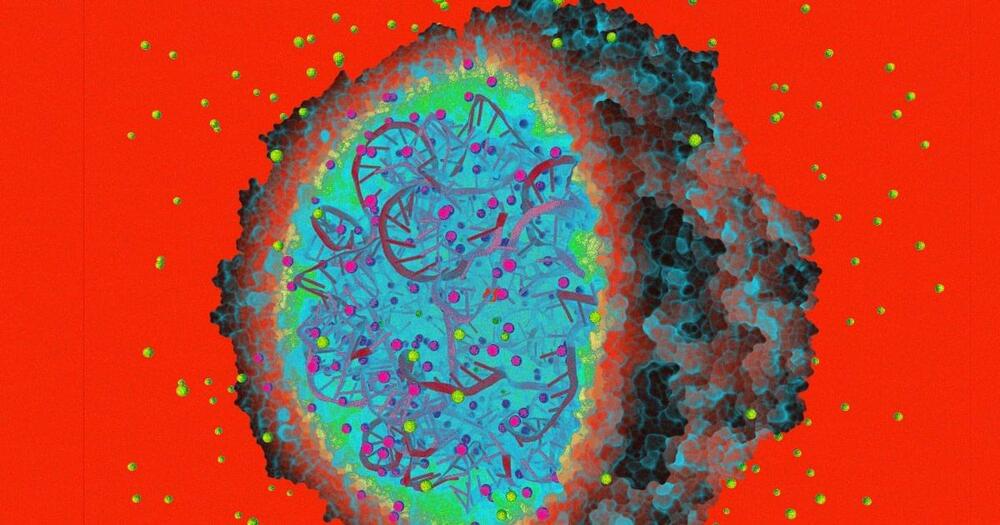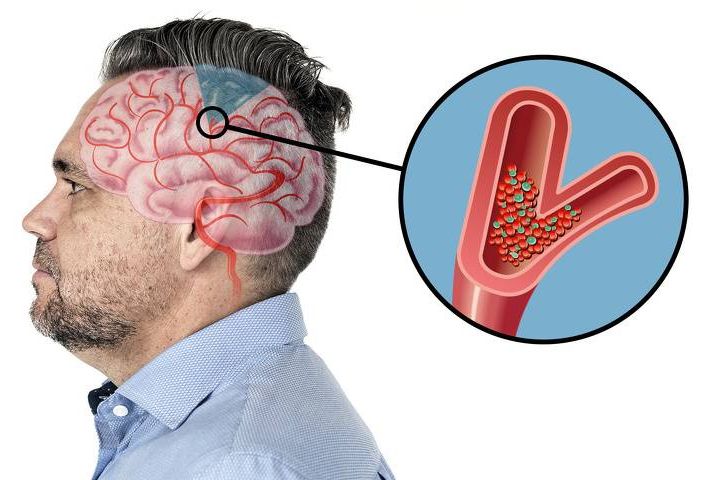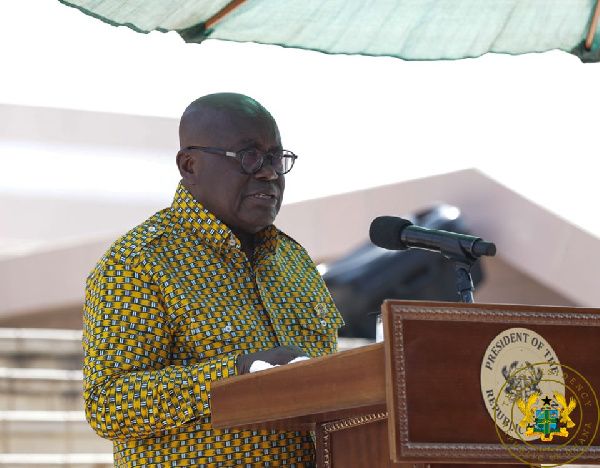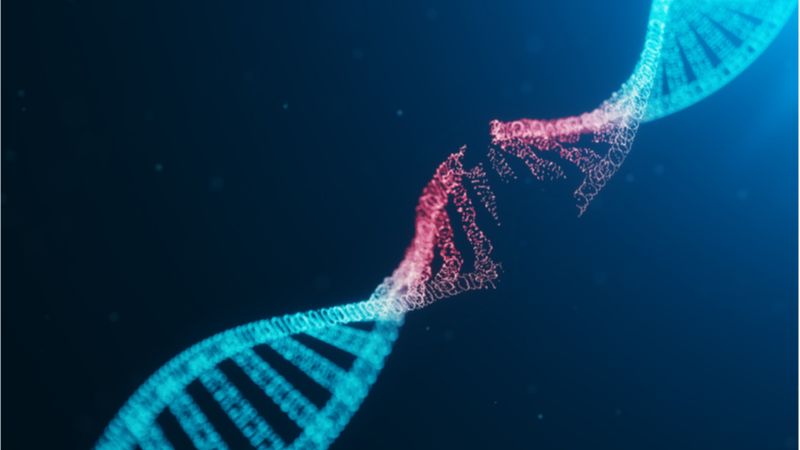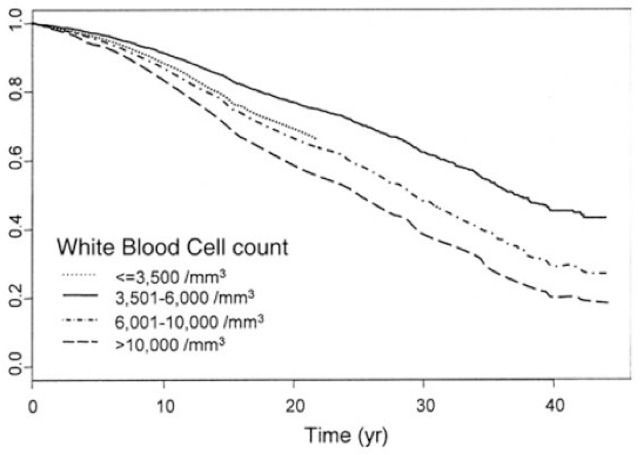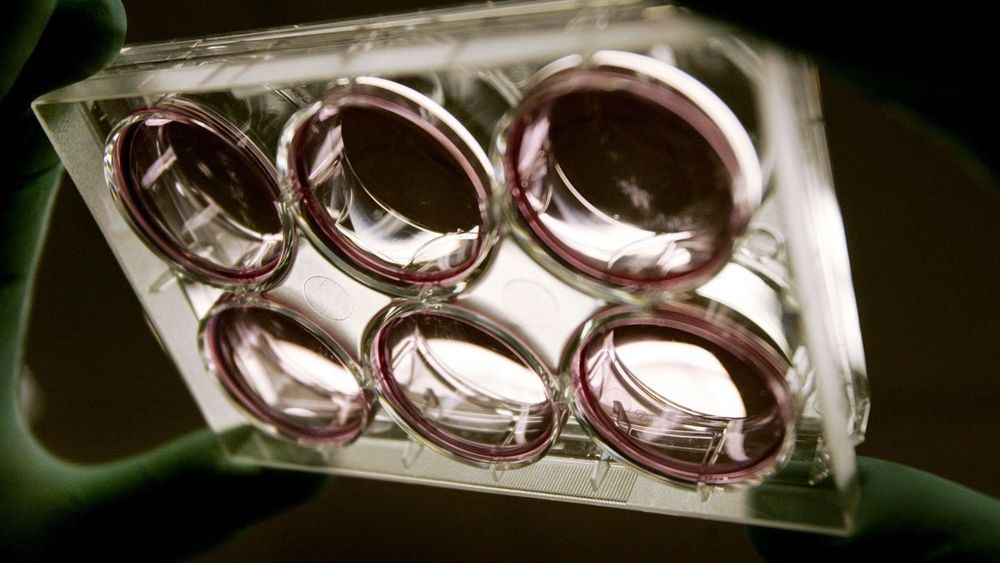On the surface, Ebola and the flu might not seem all that similar — one can cause organ failure or death, while the other usually just makes you feel really crummy — but they actually have the same underlying cause: an RNA-based virus.
That’s the type of virus behind some of the most common — and deadly — illnesses in the world, and researchers have just discovered a way to use the powerful gene-editing technology CRISPR in the fight against them.
On Thursday, a team lead by researchers from Harvard and MIT’s Broad Institute published a study in the journal Molecular Cell detailing their creation of CARVER (Cas13-Assisted Restriction of Viral Expression and Readout), a system that utilizes the CRISPR enzyme Cas13, which “naturally targets viral RNA in bacteria,” according to a Broad Institute press release.
